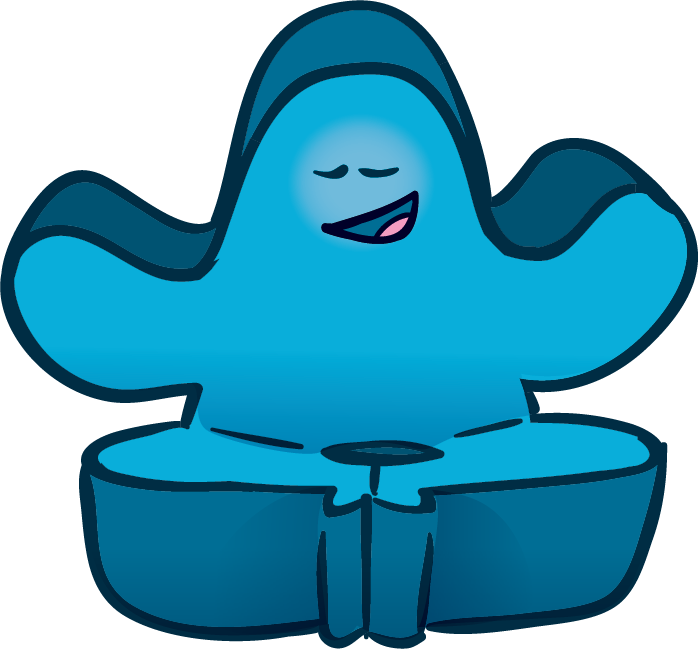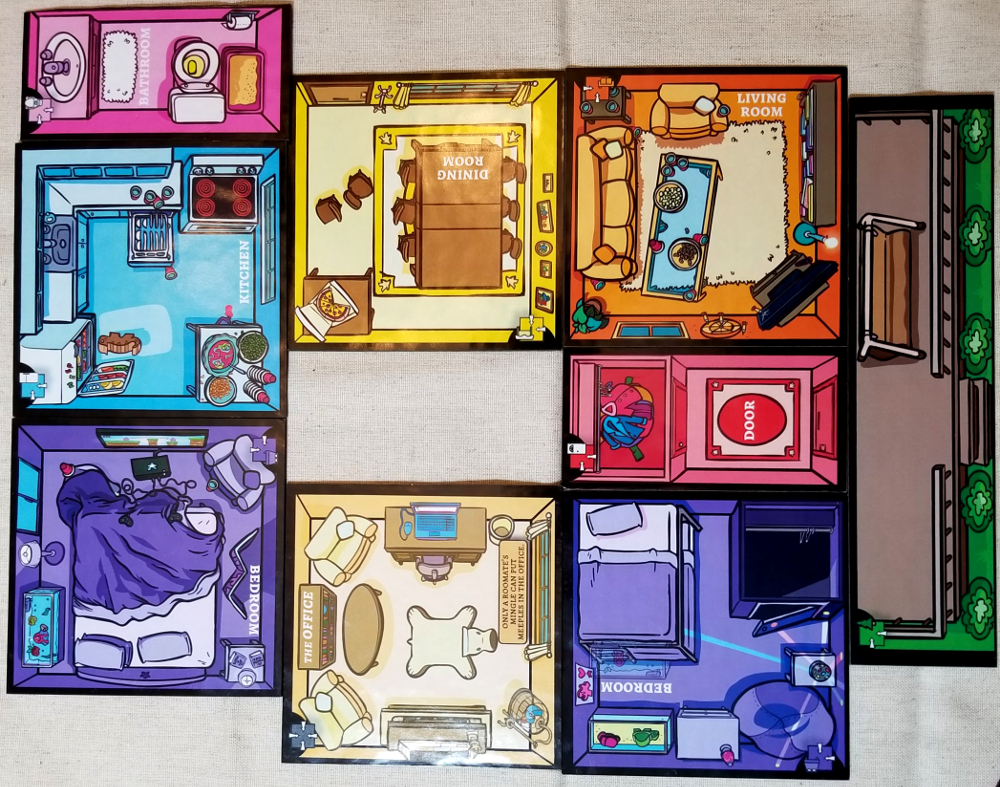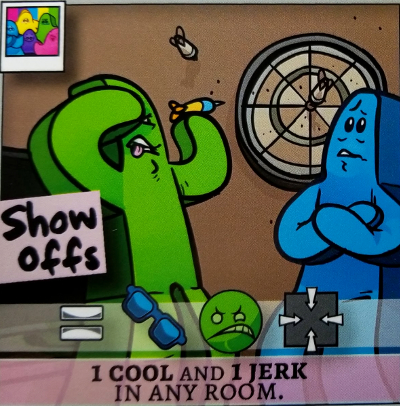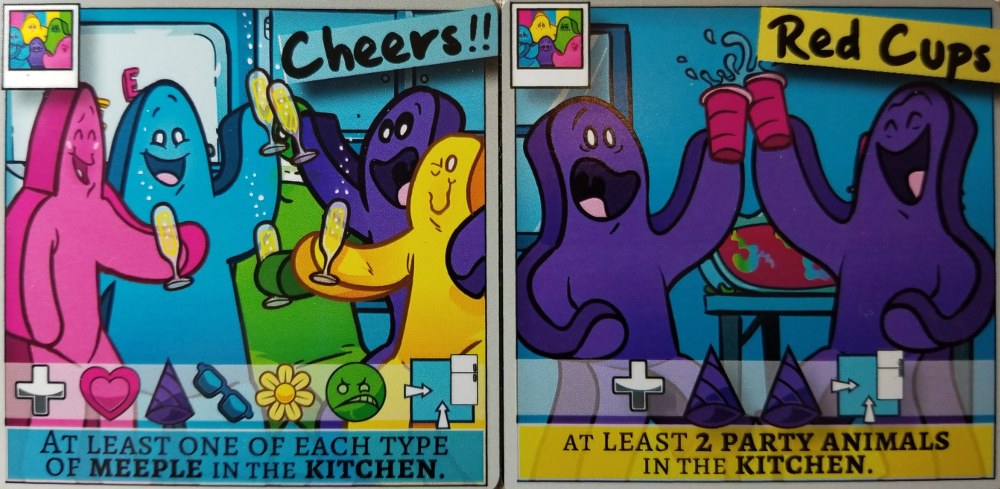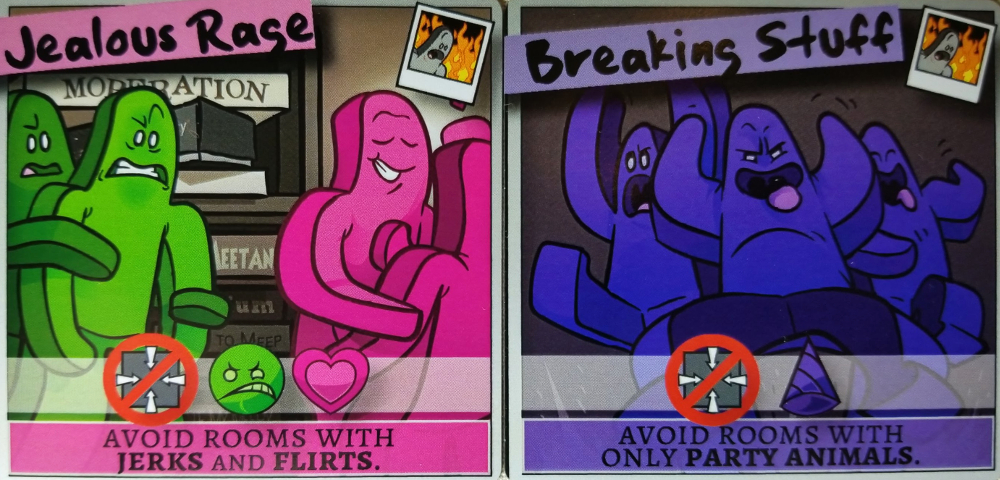Humans are undeniably social creatures, a trait biologically hardwired into us. It was a necessity for our distant ancestors’ survival and a welcomed convenience as we spread and grew civilization. We instinctively realized that groups of people could succeed and accomplish more together than as mere individuals, and in turn, we are literally rewarded on physiological level for buying into that mindset. Everything we know, everything we have, it all boils down to the unrelenting need to be around other people.
This is why isolation often has such detrimental effects. Whether it’s physical, emotional, or social isolation, the act of being removed from others for a prolonged period of time creates lasting negative effects. While plenty of people strive for solitude and respite from the larger human collective to some degree, nearly all of us still find ourselves craving those interpersonal relationships…even if we don’t always consciously understand why.
There are innumerable examples in our everyday lives where we can see these forces at work. From attending schools or churches, to viewing or participating in sporting events, to engaging with social media, to merely coexisting in large urban areas, people are inexplicably drawn to one another out of desire or need to participate in a shared experience. Which is why we continuously seek out and find groups that cater to areas of interest and importance. We want to associate with others over even the simplest of commonalities. And naturally, this includes gaming.
Gaming is nothing if not a social enterprise. Beneath all of the paper and cardboard, tabletop gaming is fundamentally about socializing with one another. Woven into the fabric of every game is the unspoken expectation that you’re there not only to enjoy the game itself but also the company of those with whom you’ve decided to experience it with. You cannot separate the two. Which is why gaming is so renown as an exceptional way to bring people together.
But today we’re here to talk about another kind of social gathering. One that’s iconic enough that most of us can relate to: the twentysomething house party.
Brought to us by Ninth Level Games, best known for the wonderfully kooky RPG Kobolds Ate My Baby, Meeple Party is a lightweight cooperative spatial logic game for 1-5 players about trying to throw the most epic house party possible. In it, players must navigate about their house trying to achieve various party moments over the course of the night while avoiding ever-looming drama-filled situations that will raise the hosts’ stress levels and can torpedo the entire evening’s festivities. If you can end your evening on a successful note, then everybody wins!
Well, except for Nancy, who won’t find enjoyment no matter what you do. The fact that Nancy was even there at all was a huge shock to everyone. She hates these kinds of things. It’s obvious she was only tagging along because Rebecca wanted someone to go with in case her mega crush Tyler didn’t show. But Tyler was there, so she just ended up standing around being snarky and awkward the whole time because she was the one that drove. The whole thing was just a disaster waiting to happen!
Anyway…
At the beginning of the game, each player becomes one of the five Roommates in the house, each representing one of the partygoer types in Meeple Party: The Party Animal, The Flirt, The Wallflower, The Jerk, or The Cool. Additionally, each player receives a pair of Photo Op cards, depicting your individual goals for the party at any given time. All five Roommate meeples (player controlled or not) begin in the various Bedroom tiles of the house.
Among the most notable things about Meeple Party is how much scalability there is from the onset in determining how difficulty you wish your game to be. There are three different ways of adjusting the challenge level in Meeple Party, all of which are decided in quick succession. The most free-range of these is determining the layout of the house itself. Every house in Meeple Party consists of nine separate room tiles. There are some specific tiles required depending on the player size, but there’s space for discretion over which tiles to use beyond that. Only a few rooms contain special rules, meaning that the majority are otherwise interchangeable for flavor purposes.
Where you do have some freedom is how you decide to build said house. Easier games require that rooms be adjacent to at least two others, but there’s incredible flexibility in general over how you want to create the map for each of your playthroughs. Perhaps you’ll try to recreate your own house, or that of someone you know. Maybe you recreate the layout of a memorable party from your past. Or maybe you just see where your inspiration takes you in that very moment. The choice here is up to the group, opening up the game to untold modular layout variations. Layouts such as this:
The second difficulty lever that you can adjust is the length of the game itself, which is determined by selecting a Friday Night or Saturday Night party. The gameplay for either is largely identical, but the Saturday Night option is about a third longer than Friday, increasing the odds for more potential problems and a greater chance of failure. Because, well, it’s a Saturday night party. Obviously. Friday night shindigs are fun, but Saturday house parties are something unto themselves.
At least, if memory serves.
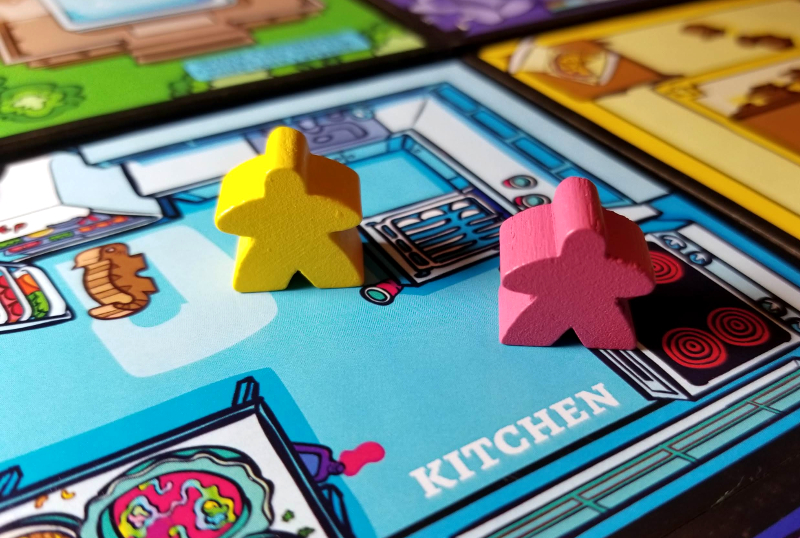
Adding a Wallflower (yellow meeple) to the kitchen will push the Flirt (pink) meeple to an adjacent room
Prototype Shown
Meeple Party proceeds in a series of turns that all behave the same way, beginning with the player who last went to a house party – whether that was a few weeks ago or more years than you care to count. First, you draw a meeple from a bag and add (Welcome) them to a room in the house. Any room is fair game, because like any party, half the time you don’t even know someone is there till you turn around anyway.
Like the larger Roommate meeples, nearly every drawn meeple in the game is one of the five party types. When a meeple is Welcomed to the house, the effect corresponding to their type activates. This involves either pulling meeples from other rooms into theirs or pushing other meeples in their room away. To keep things simple, any adjacent tile in Meeple Party is considered accessible, so there’s no need to worry about doors, walkways, or other more creative ways of making your way from one room to the next. Adding a Jerk to a room, for instance, pushes another meeple two rooms away. Because not everyone wants to deal with a jerk.
The one exception to this process is drawing a handful of white Surprise meeples. Representing the unexpected antics that can – nay, will – befall any house party, whenever a Surprise meeple is drawn, it’s returned to the bag and you instead reveal a Surprise card, bringing with it any number of effects. These can range from amusing, to benign, to outright frustrating, all depending on who decides to stop by. Really, the only that won’t be surprising is that most of them have the potential to upset the genial flow of your evening. A fair amount of Surprises generate Stress for you and / or your team. This is the major thing in the game you’re trying to avoid, as if everyone ends up with at least three Stress, the game is over, and the party is a bust.
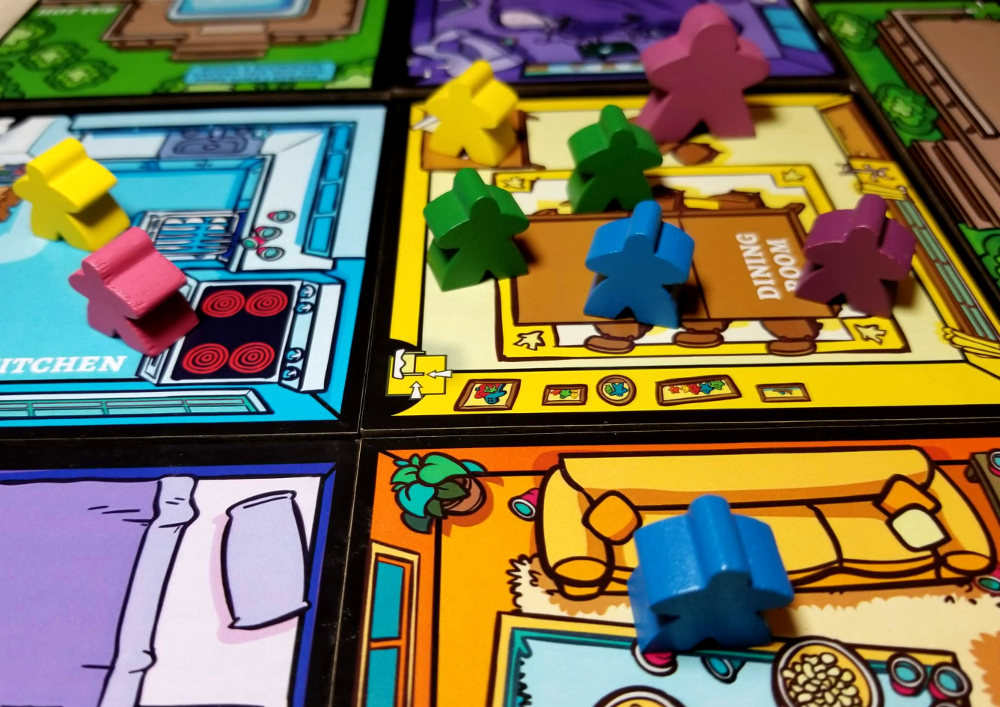
A Cool (blue) meeple has been moved into the dining room. Cools attract two meeples from different rooms, meaning pulling in the other Cool and one of the two meeples in the kitchen.
Prototype Shown
Next, since it’s a party, you have to Mingle, which means moving any meeple from one room to an adjacent room and resolving their effect in the same manner.
Your primary goal during your soiree is creating memorable Photo Ops, commemorating all those good times. Completing Photo Ops propels the game along and helps you win, but to do this, you have to set the scene that the Photo Op demands. Some Photo Ops requirements are fairly flexible, such as having at least five people in a single room, whereas others are highly specific, requiring the exact the stated types and amounts of meeples in a given place. If after Mingling you can demonstrate that you’ve accomplished one or both of your Photo Ops, you turn them in for new ones, advance the party track, and resolve the one-time effect of the new party track space.
Thematically speaking, the combination of the Surprise and Photo Op cards are what make this game particularly resonant. The situations presented cut a wide swath across memory lane for almost anyone who has been to a house party over the years. They have a tendency to rekindle recollections and even nostalgia of past party events in your own life. Reflecting all the natural highs and lows of such events, the situations depicted within Meeple Party can be entertaining, mundane, raunchy, gross, or even a little uncomfortable, depending on your own experiences. It’s hard not to look through these decks and say things like, “I knew this guy”, or “This reminds me of…”, or “I’ve been in that exact situation”. It’s a testament how well Meeple Party taps into its all-to-familiar source material and creates a meta environment for its own players.
That all being said, while Meeple Party is overall a lightweight game, and everything is depicted via colorful, animated meeple caricatures, it should be noted that some of the situations portrayed definitely stray into mild PG-13 territory.
The final difficulty adjuster to the game is Disaster cards, which is the second major set of obstacles you’ll need to overcome. Disasters represent the potential for things at your party to go completely sideways. These cards create situational restrictions that you must ensure don’t occur on your turn after Welcoming and Mingling guests. If you fail to avoid a Disaster, every player gains a Stress and you’re given a replacement Disaster to worry about. Because house parties are ultimately nothing if not a series of potential disasters waiting to happen, really.
To ratchet up or down the difficulty, at the beginning of the game you’ll decide to deal a single Disaster card communally to the board for everyone to worry about, deal each player their own Disaster card, or both. The more Disasters in circulation, the greater the odds of something going wrong. And no one wants a party foul.
At the end of any given turn, if you’ve reached the end of the party track, the night is over, the house is still standing, and everyone wins! Your reward will be a well-deserved nap before you have to get up and clean the place thanks to your amped-up revelry.
Don’t let the name fool you on this one: even if you aren’t the party-going type, Meeple Party may very well still be your kind of social outing. With a unique and playful premise alongside highly irreverent (if sometimes slightly bawdy) flavor, Meeple Party’s tongue is firmly planted in cheek for the entire duration, acting as both a sendup of, and callback to, past social experiences that most can relate to. Yet despite its party-hardy theme, it isn’t a party style game. Rather, Meeple Party is a pleasantly disguised casual co-op game focusing around an ever-shifting logic puzzle and sporting an impressive amount of variability in both layout and level of difficulty. This charmingly low-key title surprises you, offering more substance than it may seem on the surface but never deviating from its purpose of wanting to provide a lightweight and accessible 30ish minute game about throwing the best darn party around.
There ain’t no party like a Meeple Party! And if this sounds like your kind of scene, then you can join in the festivities right now over on its Kickstarter.
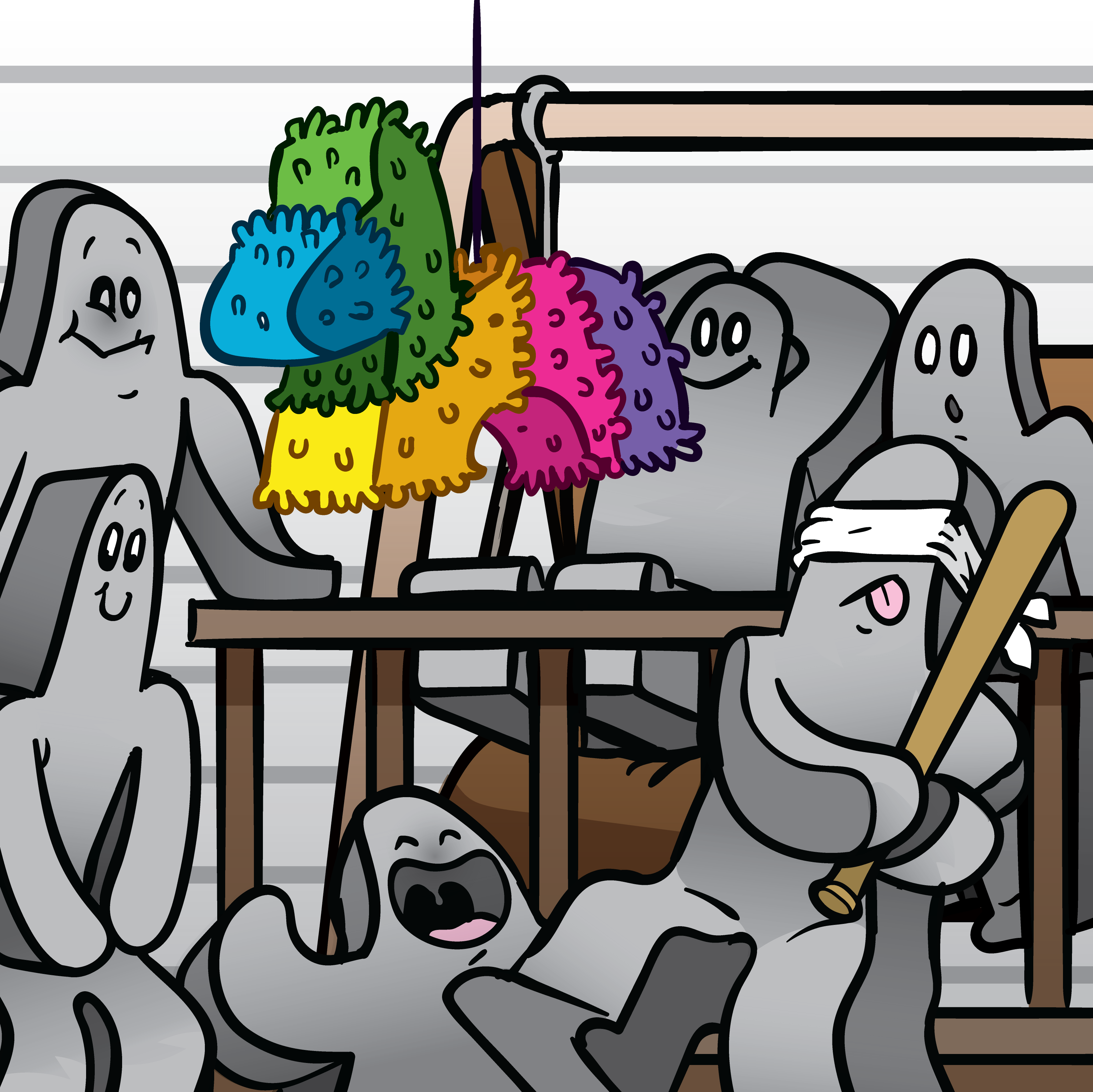
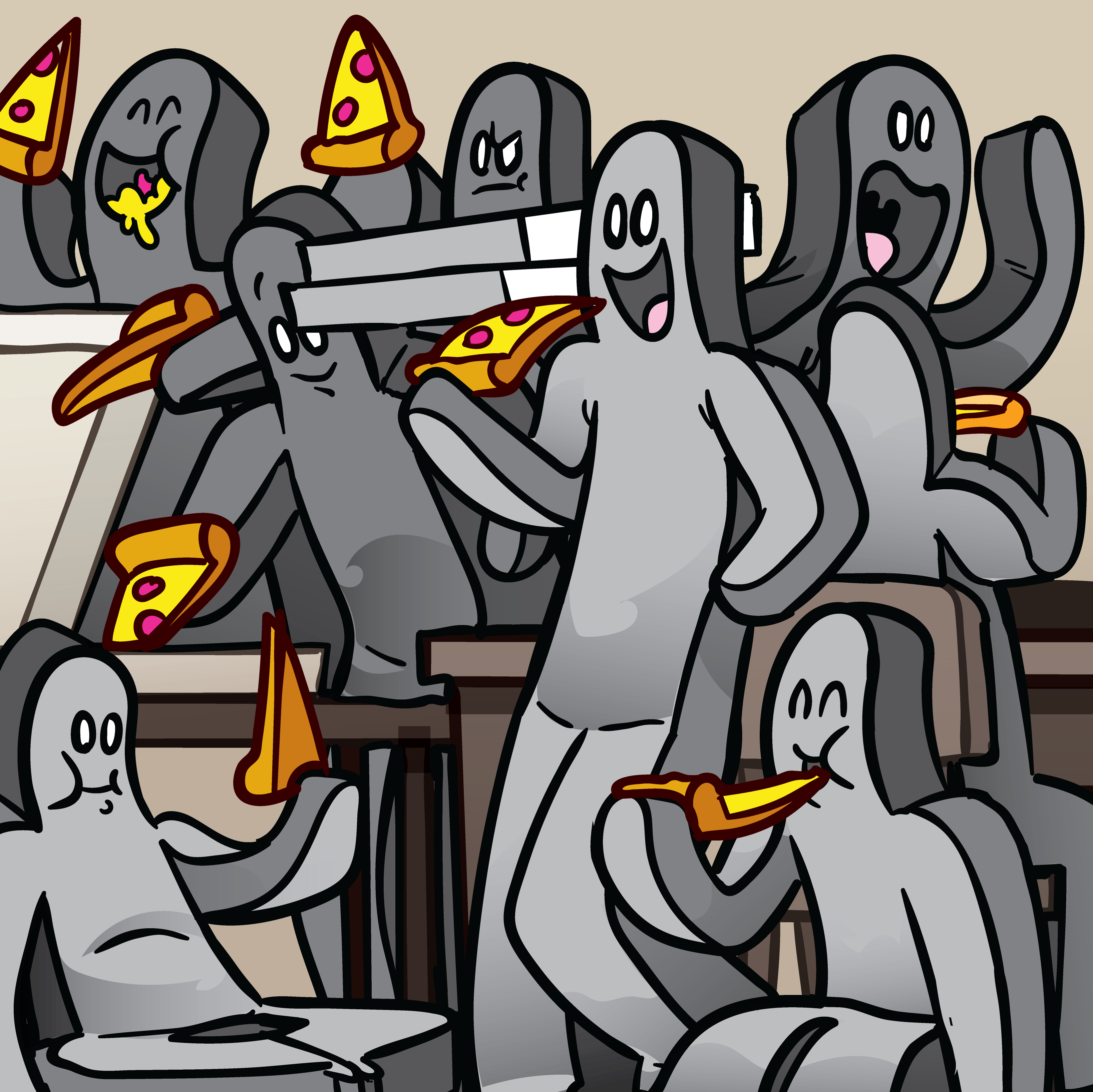
Photo Credits: Meeple Party cover and artwork by Ninth Level Games.



